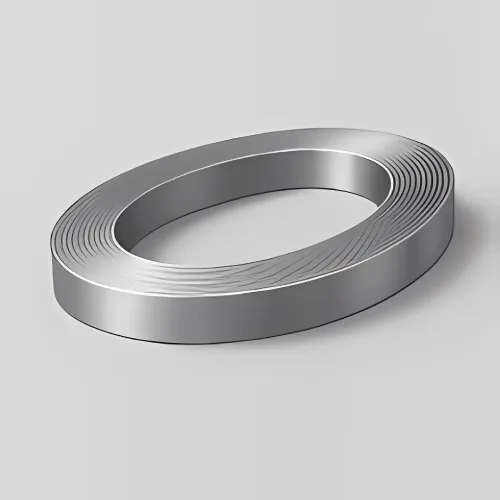
304 Stainless Steel Strip
Keywords: 304,
Standard: ASTM, AISI, DIN, EN, GB, JIS
Technique: Hot Rolled/Cold Rolled/Galvnized
Processing Service: Welding, Punching, Cutting
Available Size Range: Click here
Volume: 0
Get A Quote
Keywords: 304,
Standard: ASTM, AISI, DIN, EN, GB, JIS
Technique: Hot Rolled/Cold Rolled/Galvnized
Processing Service: Welding, Punching, Cutting
Available Size Range: Click here
Volume: 0
Get A QuoteUSA: ASTM A240/A480 (UNS S30400)
Europe: EN 1.4301 (X5CrNi18-10)
Japan: JIS SUS304
China: GB 06Cr19Ni10
| Element | Cr | Ni | C | Mn | Si | P | S | Fe |
|---|---|---|---|---|---|---|---|---|
| Content | 18–20% | 8–10.5% | ≤0.08% | ≤2.0% | ≤1.0% | ≤0.045% | ≤0.03% | Balance |
Corrosion Resistance: Resists oxidation, organic acids, and mild chlorides (e.g., food residues, urban pollution).
Heat Resistance: Stable up to 870°C (intermittent) and 925°C (continuous service in non-corrosive environments).
Non-Magnetic: Austenitic structure remains non-magnetic unless cold-worked.
Hygienic Surface: Passivates naturally, ideal for FDA/USDA-compliant equipment.
| Condition | Tensile Strength | Yield Strength | Elongation | Hardness (HV) | Density |
|---|---|---|---|---|---|
| Annealed | 515 MPa (min) | 205 MPa (min) | 40% (min) | 210 | 8.0 g/cm³ |
| Cold-Rolled (1/2H) | 860 MPa | 690 MPa | 12% | 310 | - |
Cost-Effective: Lower lifecycle costs than 316L for non-marine applications.
Ease of Fabrication: Excellent weldability (TIG/MIG) and deep-drawing performance.
Multi-Industry Compliance: Meets NSF, ISO 3506. and ASME standards.
Recyclability: 60%+ recycled content aligns with ESG goals.
Food & Beverage: Conveyor belts, mixing tanks, dairy piping.
Architecture: Elevator panels, handrails, roofing.
Chemical: Storage tanks, heat exchanger shells.
Medical: Sterilization trays, surgical instrument components.
Automotive: Exhaust systems, fuel line brackets.
Frequently Asked Questions (FAQs)
Q1: How does 304 differ from 316L?
A1: 316L contains 2–3% molybdenum for enhanced chloride resistance (e.g., seawater), while 304 is optimal for general-purpose use.
Q2: Can 304 strips withstand high-temperature processing?
A2: Yes, in oxidizing environments up to 870°C. Avoid prolonged exposure to 450–850°C to prevent carbide precipitation.
Q3: Is 304 suitable for food-contact surfaces?
A3: Absolutely. It complies with FDA 21 CFR 175.300 for indirect contact and is easy to sanitize.
Q4: Why choose 304 over 430 or 201 grades?
A4: 304 offers superior corrosion resistance and ductility compared to 430 (ferritic) and 201 (lower nickel content).
Q5: Can 304 strips be customized for embossing?
A5: Yes. We provide brushed (No. 4), BA, or custom-embossed finishes for branding or anti-slip requirements.
Products
Phone